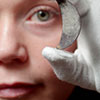I recently had the pleasure in taking part in a Pecha kucha evening as part of Edinburgh Science Festival, hosted by InSpace at the University of Edinburgh. If you haven’t heard of Pecha kucha before (and I hadn’t before the invitation arrived in my inbox), it’s a format for quick and informal presentations, derived from the Japanese term for the sound of chit-chat.
The prospect was a little nerve-wracking: speakers present using twenty slides that are automatically timed to be displayed for just twenty seconds each… you have no control and no room for waffling! But on the night it turned out to be easier than it sounds and all involved had a great evening. Speakers from across the museum gave snapshots of their research, from underwater animals, to airshows, to Iron Age archaeology.
My Pecha kucha was about research on early medieval sculpture, undertaken as part of the Glenmorangie Project on Early Medieval Scotland. I’m particularly interested in trying to reconstruct how these archaeological stone treasures would have looked when newly made, around 1200 years ago. This worn and broken piece of sculpture was found built into a garden wall in Aberlady, East Lothian in 1863.
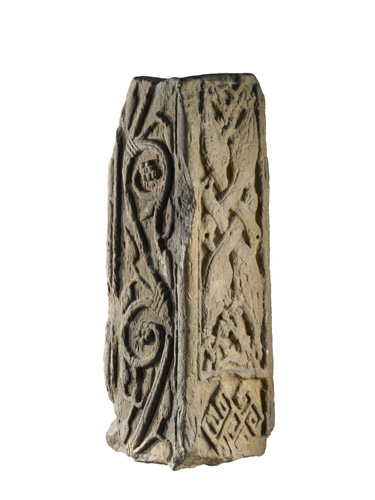
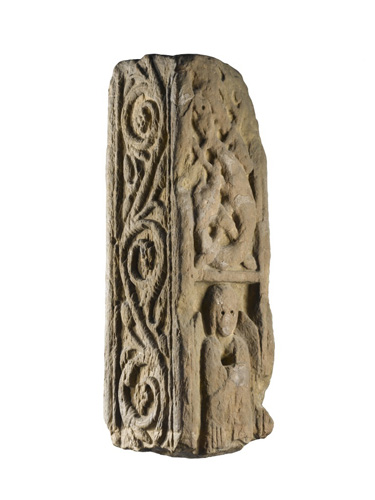
It certainly has suffered the ravages of time and Scottish weather. It is part of an Anglo-Saxon stone cross – originally it would have been a tall and very impressive monument. The first step in reconstructing what it would have originally looked like therefore means thinking about scale. This full-size reconstruction, now standing in the village of Aberlady, gives some idea of the impact such a monument would have had.
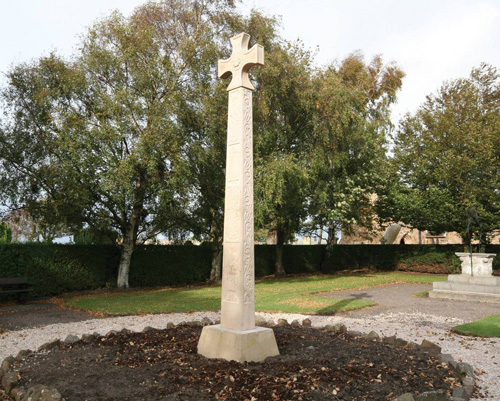
Like many pieces of Anglo-Saxon sculpture the decoration of the Aberlady cross features life-like birds, animals and people with small drill-holes for eyes. Scholars of Anglo-Saxon art have long suggested that these eye sockets would originally have looked very different: instead of being empty it has been assumed that they would have held small pieces of glass or semi-precious stones (such as amber). However, none survive – not a single piece of Anglo-Saxon sculpture from the whole of Britain has surviving eyes. So are these assumptions correct? Or were the creatures that decorate these important early medieval monuments intended to have (slightly unsettling) shadowy wells for eyes?
The original fragment from Aberlady is on display in the National Museum of Scotland’s Early People gallery. When it was temporarily removed to allow new photographs to be taken, I took the opportunity to have a thorough look at it. I thought I could see something in some of the drill holes, but thought surely it must just be dirt? With the enthusiastic help of colleagues in our Analytical Research division, we took a closer look.
Using a good microscope and a scientific technique called X-ray fluorescence (or XRF for short) we investigated some of the holes. XRF can tell us what things are made from – and in this instance it demonstrated that there was tin inside the most well-preserved eye sockets. Under strong magnification it became clear that we weren’t dealing with mere traces of tin, but an intact sheet of tin, lining the bottom and sides of the socket.
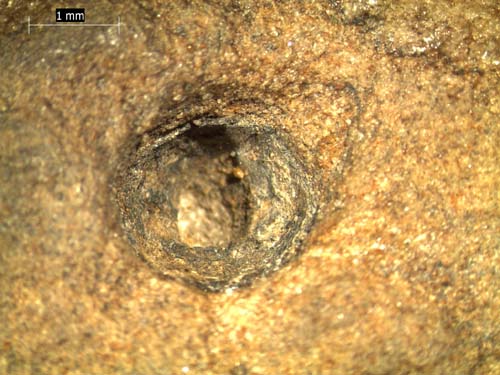
Soft metals were often used on early medieval objects to hold decorative stone or glass pieces in place, and it seems that they were using the same technique on stone. This provides the first such evidence from Britain and crucially it helps us get one step closer to how the sculpture would originally have looked. A little bit of experimenting gives us an idea of the effect that could have been achieved.
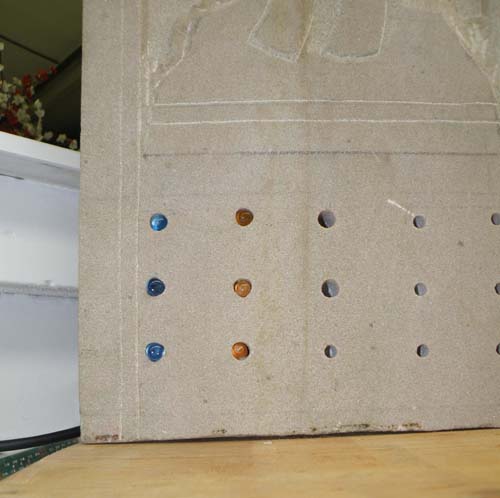
Just imagine the rising and setting sun glinting off beady-eyed creatures, crawling up a towering stone cross toward the sky. Anglo-Saxon sculpture, like this piece from Jedburgh in the Scottish Borders, features some of the most life-like carvings of animals I’ve ever seen.
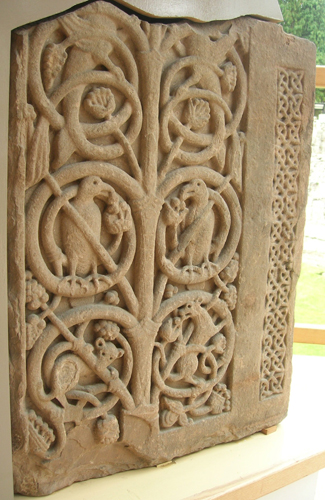
Because the Jedburgh slab is particularly well preserved, if you look closely it is still possible to see the fur on the back of this little mouse: just imagine him with bright, shiny eyes!
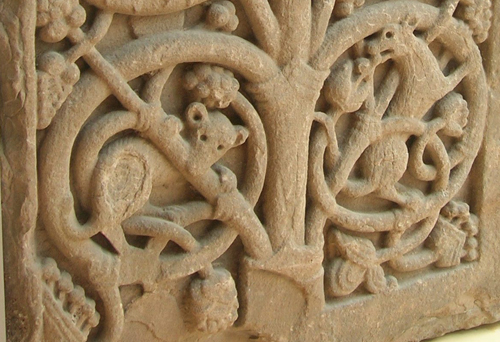
You can find out more about the Glenmorangie Early History project here.
